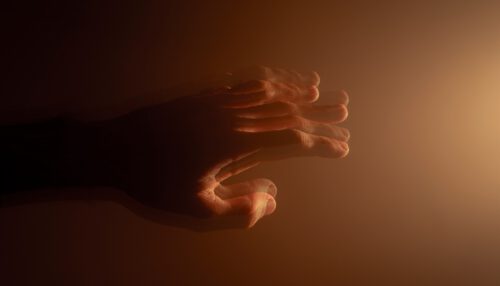Vibration therapy can reduce abnormal involuntary movements associated with long-term treatment of Parkinson’s disease and peripheral oedema occurring in 5-15% of patients. The physical activity of patients with chronic diseases, i.e. Parkinson’s disease, is very low. They tend to be older people with sedentary lifestyles, cardiovascular and rheumatological diseases, which limits their physical activity. Vibrotherapy […]
Parkinson disease

The aim of the presented research by Taiwanese scientists was to analyze the effect of short-term vibration therapy in the form of whole-body vibration (WBV) on proprioception and motor functions in people with moderate Parkinson’s disease (PD). Both after WBV and conventional therapy, improvement in motor functions was achieved in patients with moderate PD. Prepared […]

Parkinson’s disease (PD) is characterized by the typical motor symptoms (tremor, muscle stiffness, bradykinesia) and cognitive impairment. Epidemiological data show that 30% of all PD cases are working people. Presented article focuses on the people with limb tremor (working and employed, in an active and productive phase of their life) and their ability to work, […]

After Alzheimer’s disease, Parkinson’s disease (PD) is the second most common neurodegenerative disease in elderly. The main symptoms relate to various aspects of the movement, such as slowing it down or inhibiting it’s initiation. There is also stiffness (abnormal muscle tone and limited mobility), tremors and postural instability. With several years of dopaminergic treatment, the […]

Disturbances in gait, posture and balance found in Parkinson’s disease (PD) patients significantly reduce their mobility, activity, deprive them of independence and lower quality of life. Vibrotherapy, which in many studies improves motor functions, is often used as a non-pharmacological form of rehabilitation. The aim of the presented research was to analyze the effect of […]

